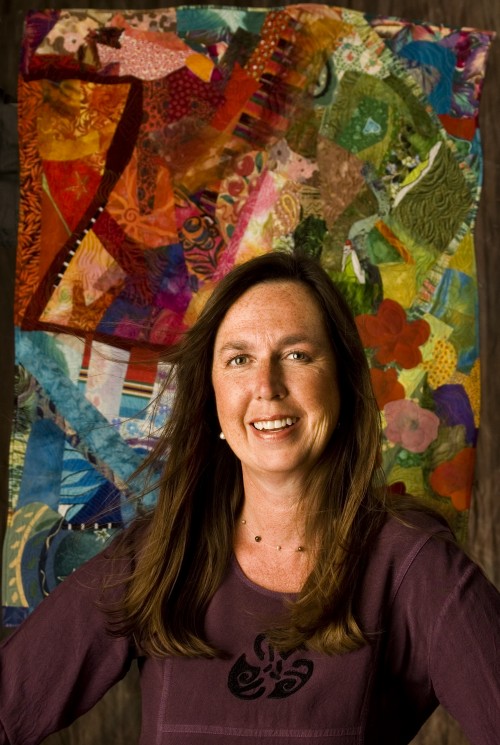This morning I took the dog for a walk up the urban trail. Gilia, milkvetch and dalmation toadflax were all in bloom. I pulled up a few of the invasive toadflax plants, making a tiny action toward weeding the forest.
In my own wild yard, the iris blossoms are spent. Columbine, sage and lavender are flowering now, and beneath the thick mulch, the soil is still cool and moist. The lamb’s ear will be next, bringing bees and sphinx moths. After that, there will be tickseed coreopsis and echinacea flowers. Almost everything I planted last fall survived our crazy winter. And as usual, it’s a good time to buy dandelion futures.
This spring, I’ve been working on my small “urban farm” garden. I’m wishing for more land, and at the same time slightly horrified by how much time has been spent moving dirt and building structure. I even created my own weather: a roto-tiller-induced dust storm. Unfortunately, there’s been precious little actual planting and caring for crops.
Gardens hold so much promise, but require so many leaps of faith. First, there are the promises on the seed packets. Then you have to believe that there won’t be a freak snowstorm. Frankly, that’s why my garden is just now getting planted. Every time I’d have an impulse to dig in the dirt, we’d get “one last” snowstorm. And then another. And another. I no longer believed in summer.
Last week, I took my kayak up to Lees Ferry and paddled upstream for a couple of miles, noticing the light on the water and the canyon walls, noticing the way the wind moved through the grasses at the shoreline. Except for the canyon wren’s call, it was quiet there and the experience settled my heart.
So why, when we’re surrounded by such extraordinarily beautiful wild places, do gardens matter?
My sense is that we can learn a lot about the natural world by practicing creative husbandry. Learning the rules at work in the natural world, and working within that structure, teaches us about flow and purpose and attention.
And there’s something else important at work. The activity engages the left hemisphere of our brains, and the rest of the mind is free to wander, to think about big ideas, or notice something as spectacular as a comet-tailed columbine flower.
Ever since I was a child, I’ve loved to dig in the dirt. Not even garden, per se, but actually dig in the dirt. The flowers and veggies are a nice byproduct, but for me, the digging is really the point. I invariably find little treasures: lost marbles, a matchbox-sized Jeep, or a plastic army man.
I puzzle about what I’ve left behind in the dirt while discovering what others have lost.
Sometimes I am filled to the brim with the sweetness and pain that arises from that personal archeology. I wonder how we manage to bear the suffering that comes out of loss. And yet, what option do we have? Suffering somehow forges our humanness, and keeps us from floating away on a cloud of ecstasy. The fire of suffering makes us strong, builds layer after layer of hurt and love and hurt and love, even as the hot and cold of everyday life tempers us.
I once had a dream about driving through one of my old neighborhoods, past a rickety house where I used to live. As the spot came into view, I saw that where the house used to stand, there was only yard.
When I woke up, I felt glad the structure was gone. Because, of course, it’s better to tear down a place like that than cobble it back together. Better to address your suffering by taking positive action instead of wading around in a pool of despair. Better instead to dig a hole, plant a seedling, notice your suffering and put it in context.

